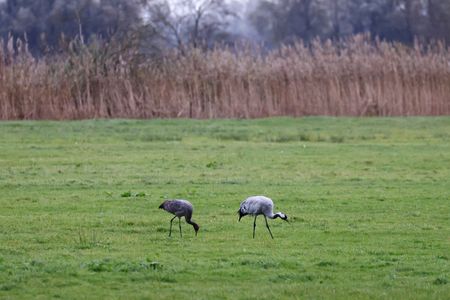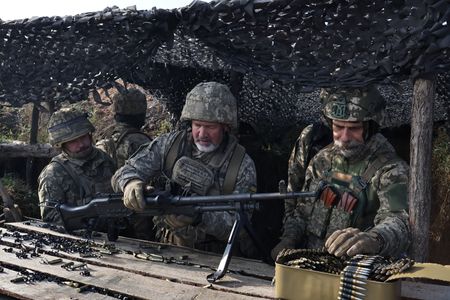HAMBURG (Reuters) -Germany has already recorded in 2025 its highest number of bird flu outbreaks in three years and there is no relief in sight, the Friedrich Loeffler Institute for Animal Diseases said, as Europe witnessed a sharp resurgence of the deadly disease.
The spread of highly pathogenic avian influenza, commonly called bird flu, is a concern for governments and the poultry industry due to the devastation it can cause to flocks, the possibility of trade restrictions and a risk of a new pandemic.
The virus had been detected on 122 farms and 1,125 wild bird infections by November 11, the FLI said. This is more than double the 46 cases in the whole of 2024 and compares with 208 outbreaks in the whole of 2022.
Bird flu is a seasonal disease carried by migrating wild birds. Outbreaks tend to appear in early autumn, rise strongly until the end of the year and peak in the spring.
It has led to the culling of more than 1 million poultry in Germany so far. While other countries in Europe have also seen a higher number of outbreaks this season, Germany is by far the worse affected.
“In Germany, there has been a sharp increase in poultry outbreaks in recent weeks,” the FLI stated in its latest risk assessment.
“The number of cases in wild birds has also risen very significantly, unusually frequent detections are currently being observed in cranes, whose autumn migration has contributed to the further widespread dissemination of the virus,” it said.
The institute said that “no relief is in sight”, with the current risk level as “high”, underscoring the challenges posed by bird migration patterns and local containment efforts.
However, German analysts report no significant impact on egg or poultry meat prices, citing a nationwide poultry population of approximately 200 million.
While Germany has not imposed a nationwide lockdown, several local authorities have ordered the confinement of poultry. In certain areas, protections on crane birds have been eased, allowing them to be culled in high-risk zones to limit the virus’s spread.
(Reporting by Michael Hogan, writing by Sybille de La Hamaide, Editing by Louise Heavens)











